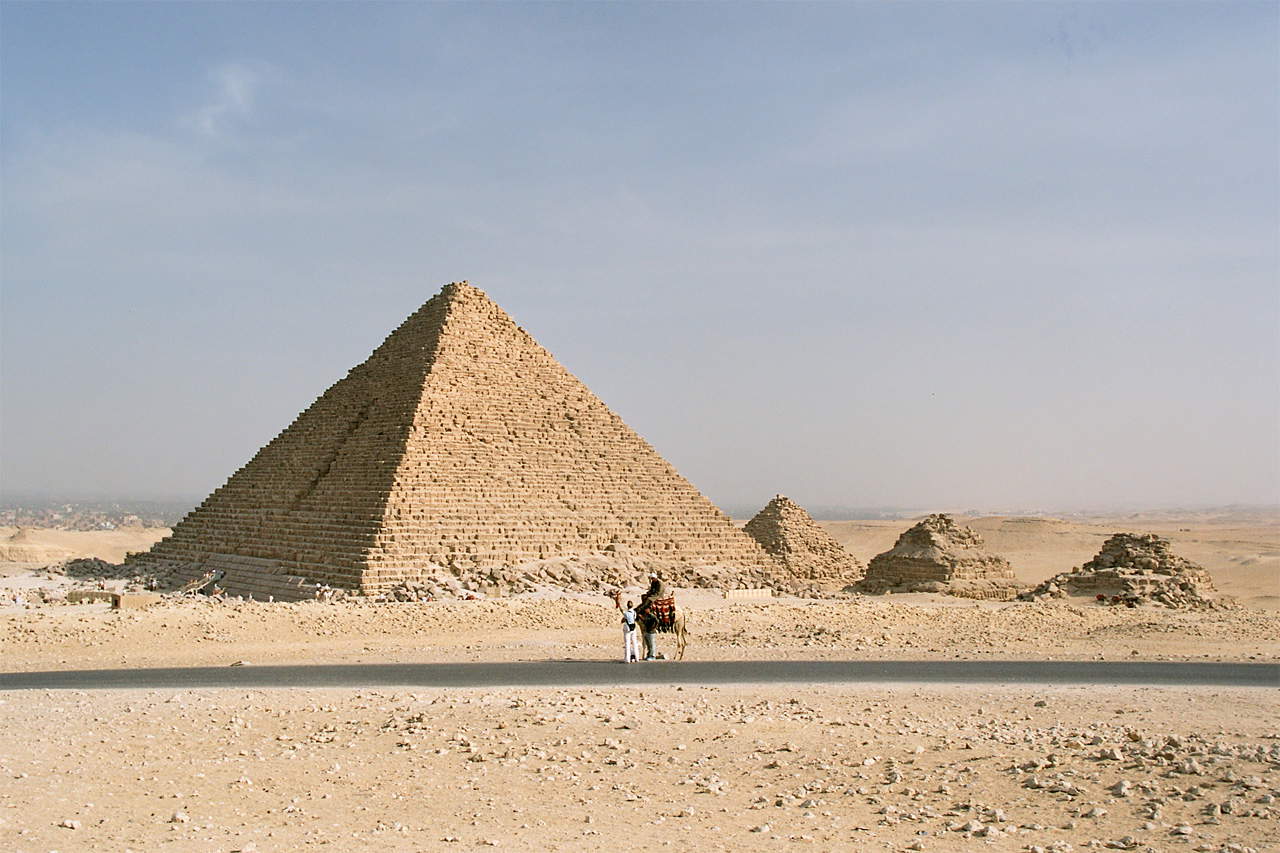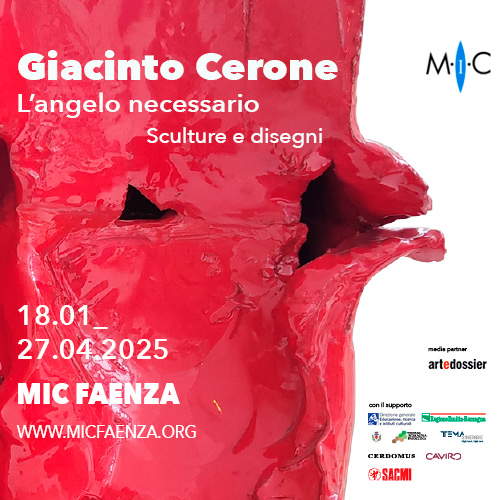No reconstruction of Mycerinus Pyramid cladding: Egypt backs down
No “project of the century” for the Giza plateau. The reconstruction of the facade of the Pyramid of Mycerinus, part of the great complex of Giza’s three pyramids, by repositioning ancient granite blocks on the building has in fact been canceled. Mostafa Waziri, secretary general of the Supreme Council of Antiquities, had announced the project in a video. The Pyramid of Mycerinus was originally to be covered with granite instead of limestone, and a small number of granite blocks were in fact applied to the base of one side of the pyramid before construction was halted. The plan was to restore the monument to what is believed to be its original condition, which would have involved assembling its facade with some of the stones that currently stand at the base of the pyramid.
The plan has been met with strong international criticism from archaeologists. Egyptologist Monica Hanna, who opposed the idea of the project from the outset, had objected to Wazizi’s design, arguing that the pyramid’s granite blocks did not fall by accident but were left behind by Egyptian workers during construction. Some missing blocks also were reused by Rameses II. For the expert, restoring the facade would mean “tampering with Egyptian antiquities and undermining their antiquity and history.” Following protests that arose through social media and from Egyptologists, Egypt’s Ministry of Antiquities formed a Mycerinus Pyramid Review Committee to evaluate the project. According to Zahi Hawass, former minister of antiquities and head of the committee, it would be impossible to determine the original position of the blocks. He also pointed out that fixing them with concrete, as suggested by the project, would damage the pyramid.
And now “the Mycerinus Pyramid Review Committee,” reads a statement from the committee itself, “has unanimously opposed the reinstallation of the granite blocks, which have been scattered around the base of the pyramid since thousands of years ago.” “There is no way,” Hawass told CBS News . “You can’t know the location of every stone. It’s an impossible project.” Which therefore will never see the light of day.
Pictured: the pyramid of Mycerinus. Photo: Przemyslaw Idzkiewicz
 |
| No reconstruction of Mycerinus Pyramid cladding: Egypt backs down |
Warning: the translation into English of the original Italian article was created using automatic tools. We undertake to review all articles, but we do not guarantee the total absence of inaccuracies in the translation due to the program. You can find the original by clicking on the ITA button. If you find any mistake,please contact us.





























